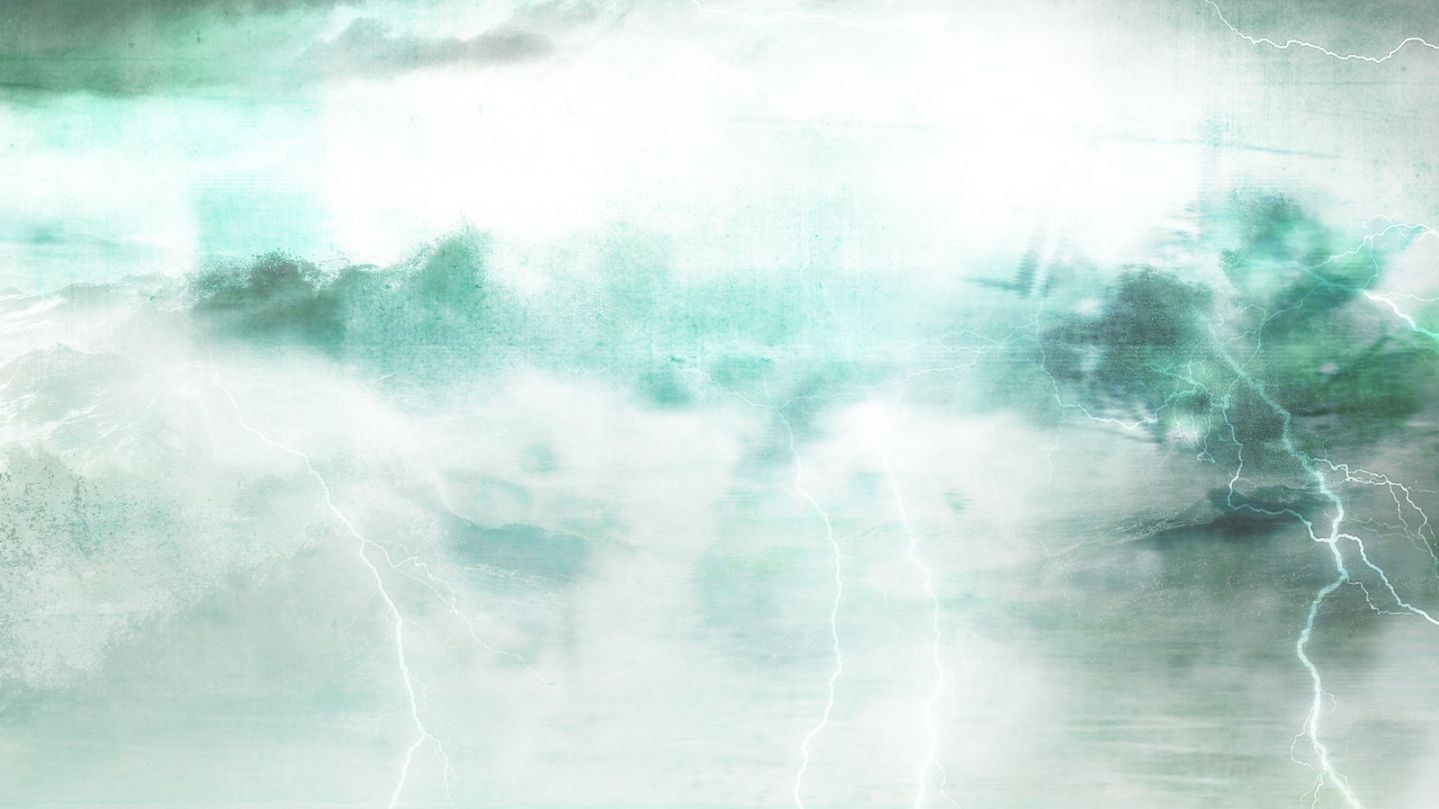With several wildfires raging in California, there’s no shortage of headlines and TV footage of the disaster that’s unfolding.
But officials – and, let’s face it, even journalists – often use terms and phrases to describe what’s going on that aren’t exactly clear to everyone. When is a fire 40% contained? And what, exactly, is a firenado?
Here are explanations and definitions of some of the most common fire-related terms.
Red-flag warning This is a warning the National Weather Service issues when conditions are perfect for wildfires to start and to spread, for example, during hot, dry, windy weather.
The National Weather Service typically issues these in spring and fall fire seasons, which it defines as being from February 16-April 30 and October 1-December 15.
Although, as the US Forest Service says, it’s always fire season somewhere in the United States, and the biggest wildfires in the US West happen in the summer.
So, the weather service has issued the warning, and soon a fire starts. It’s already 100 acres and only 5% contained.
How big is that? An acre is almost as big as a football field, without the end zones. A football field is about 1.3 acres. So that fire is as big as 75 entire football fields.
But what does “5% contained” mean? That’s when 5% of the fire is surrounded by barriers that keep it from spreading at those points. The barriers can be already burned spots, rivers, or, often, they are trenches dug by firefighters. So, there’s a fire break around 5% of the fire.
What’s a fire break, you ask? Those are the barriers, such as the rivers or roads, that stop the fire from spreading. Not to be confused with a fuel break, where the vegetation has been reduced to slow the fire from spreading.

The photo above is a great example of a fire whirl. It’s like a whirlwind of fire: a swirling vortex that comes about when when the hot air near the ground rises quickly in a column.
Fire tornadoes, sometimes called firenadoes, are similar, but are much, much bigger.
“A firenado is more like the size of a tornado,” said CNN meteorologist Judson Jones.
Californians who are evacuating because of several wildfires now raging may go to a shelter away from the fire area, but they won’t use a fire shelterunless they are trapped by the fire and can’t get away.Fire sheltersare used as a last resort and are aluminum tents that reflect heat and offer some amount of breathable air.
Firefighters in an entrapment– a situation where they’ve been trapped because the fire suddenly changed directions and escape routes are cut off – might use a fire shelter to survive.






